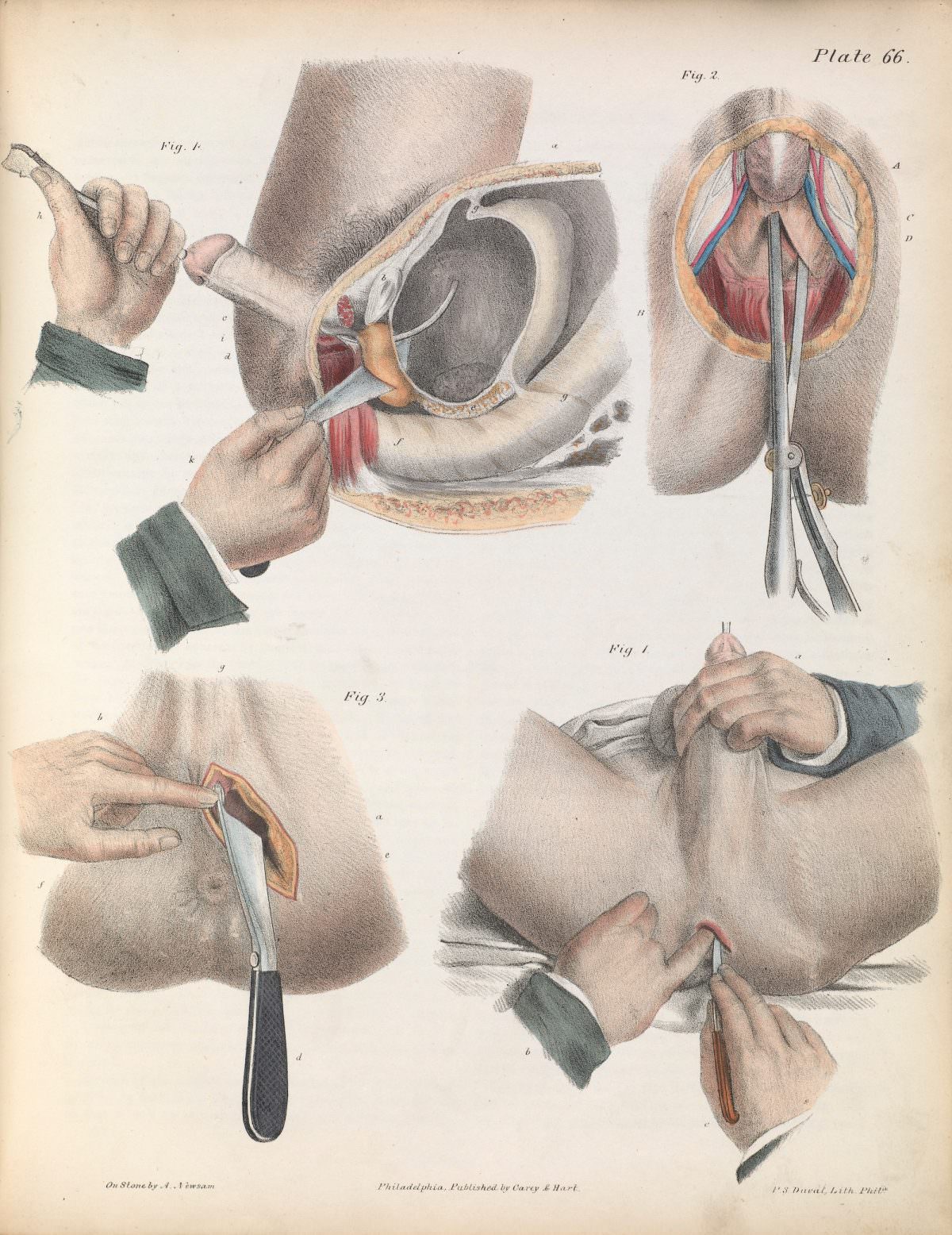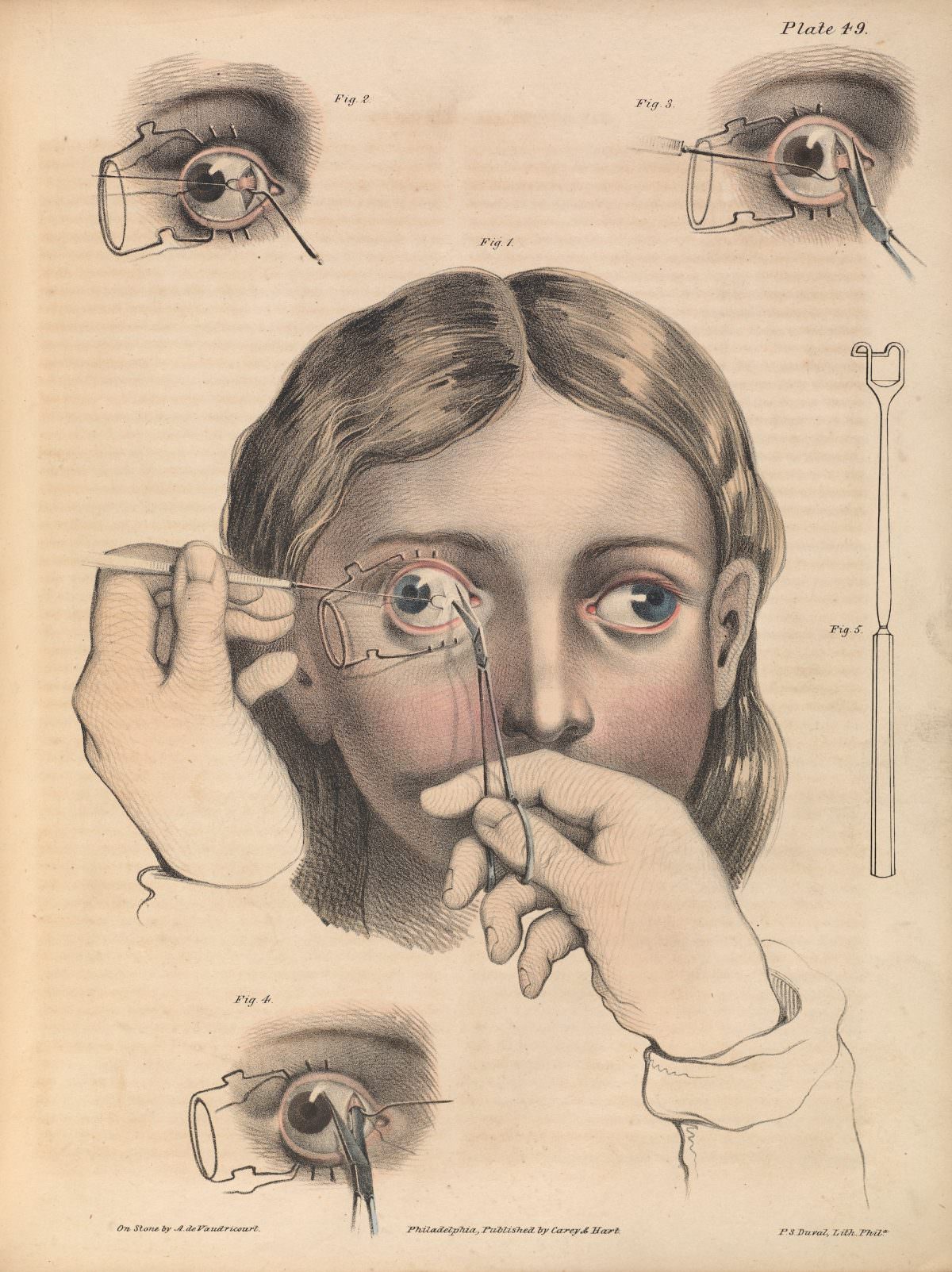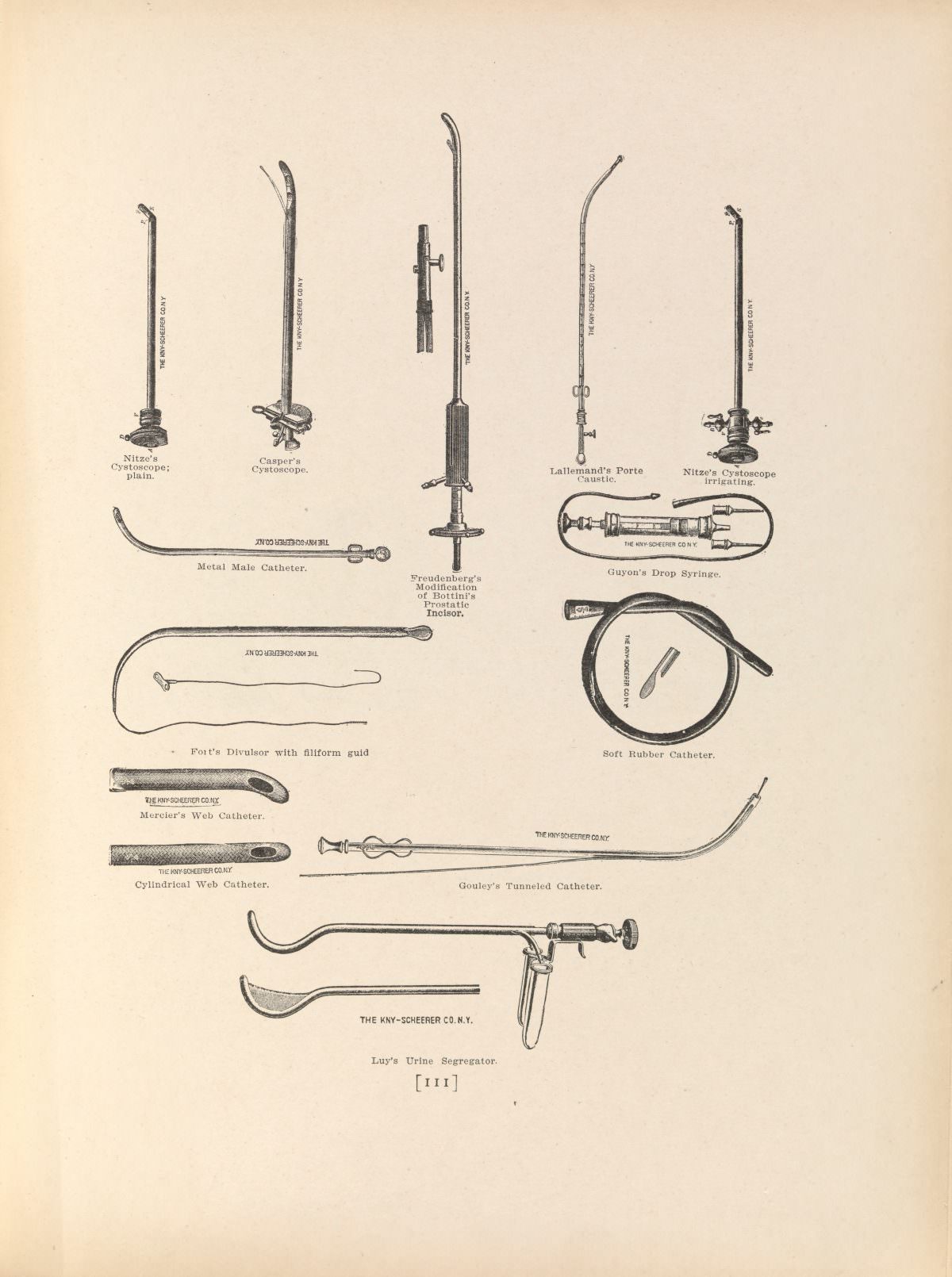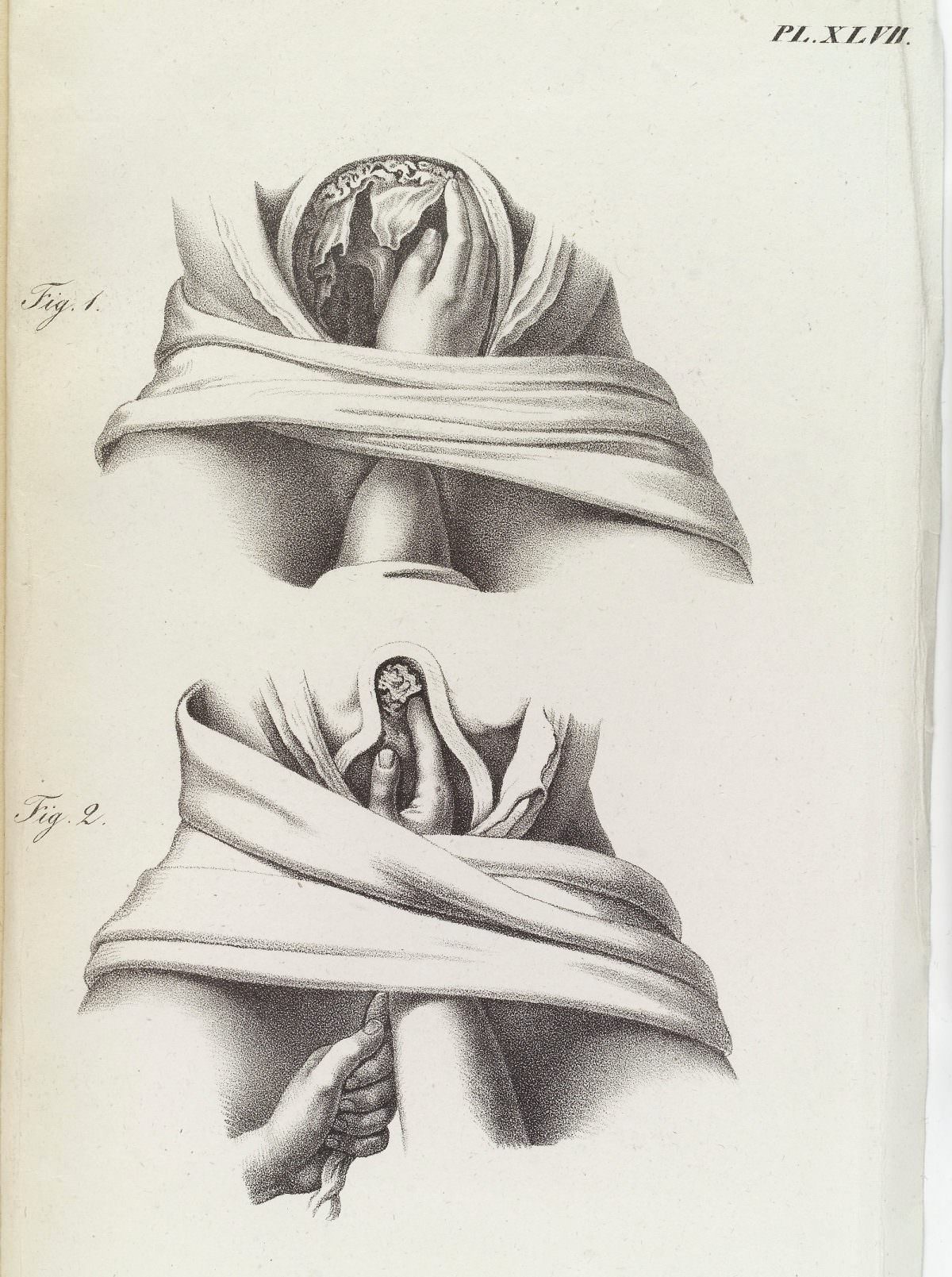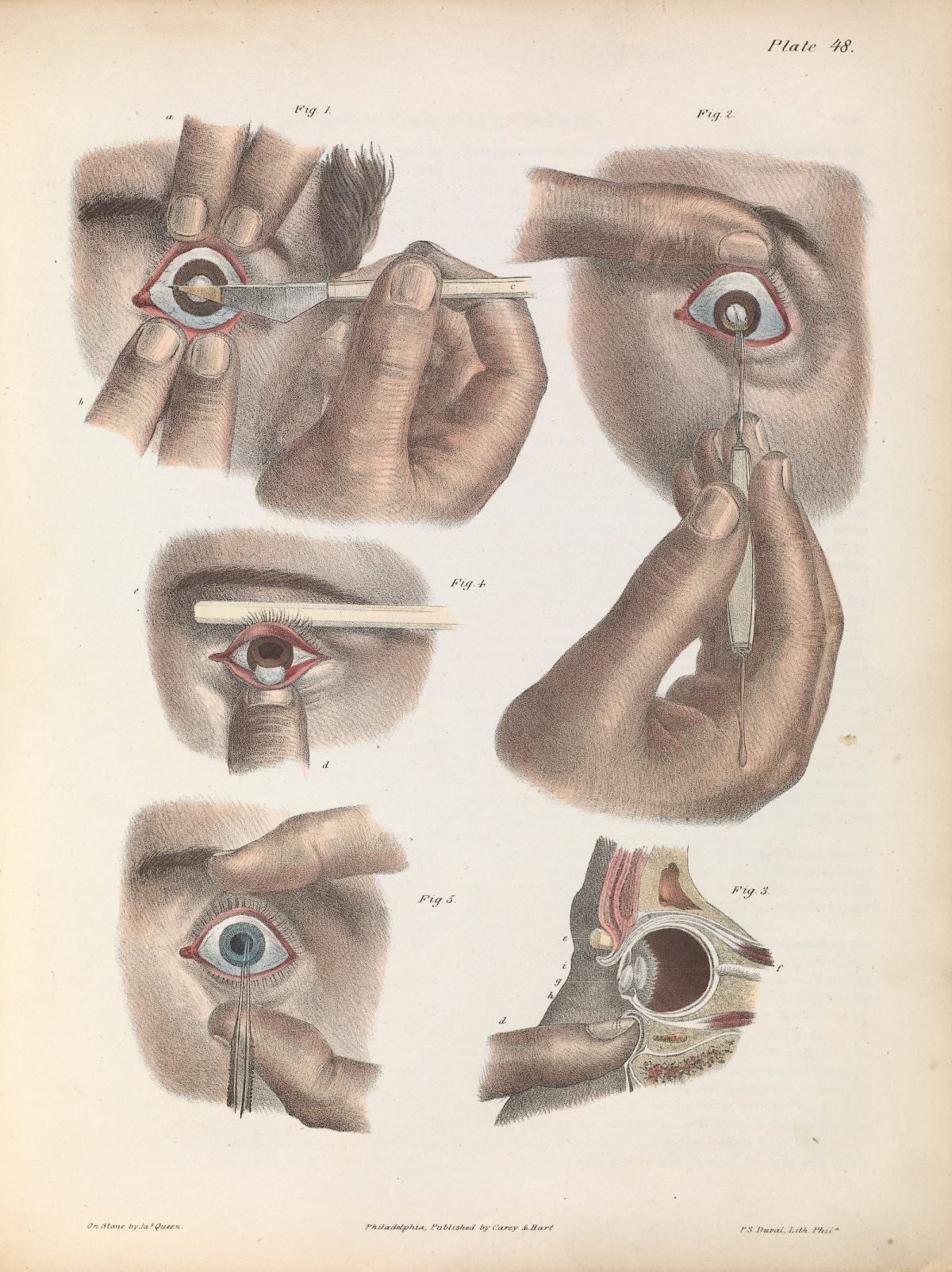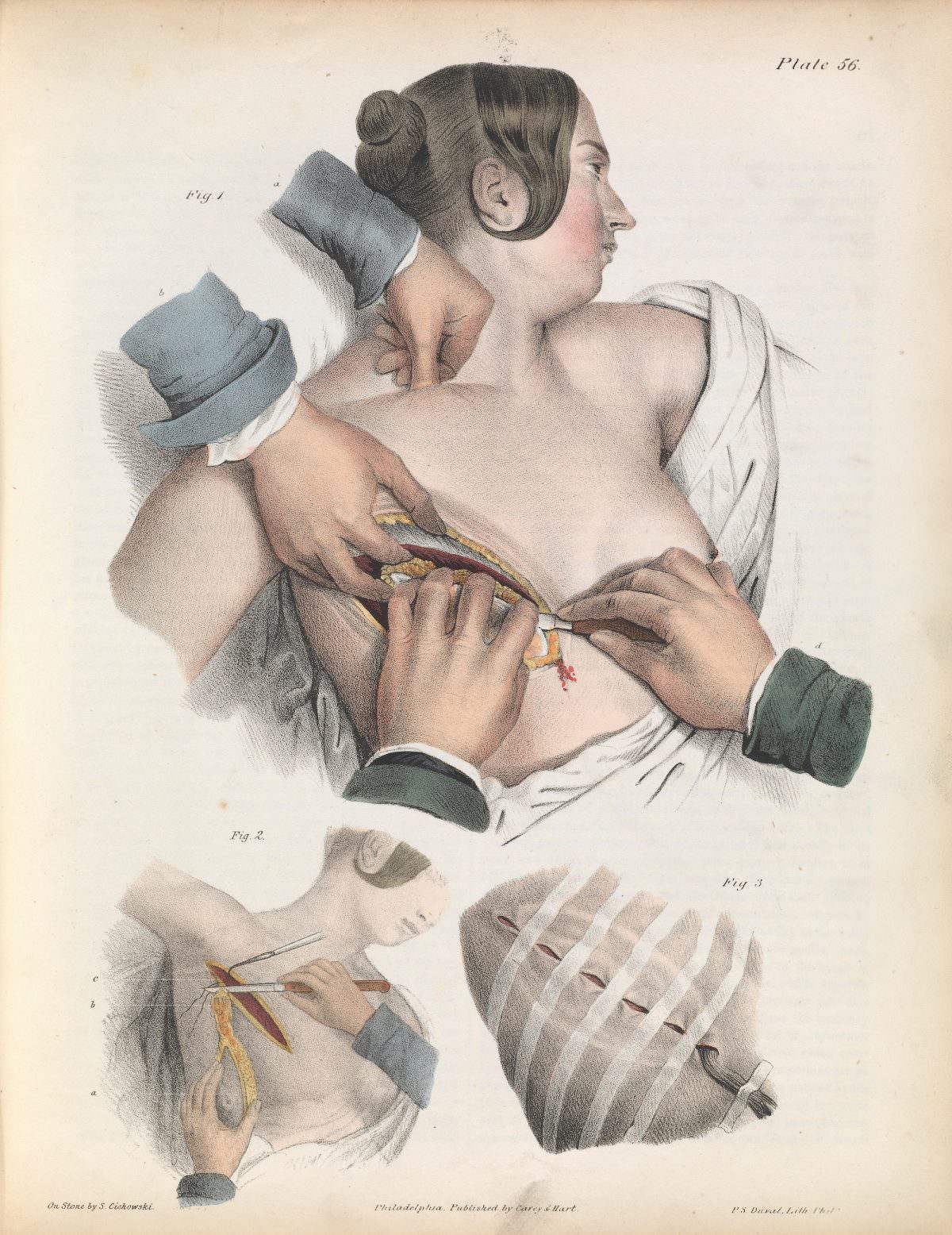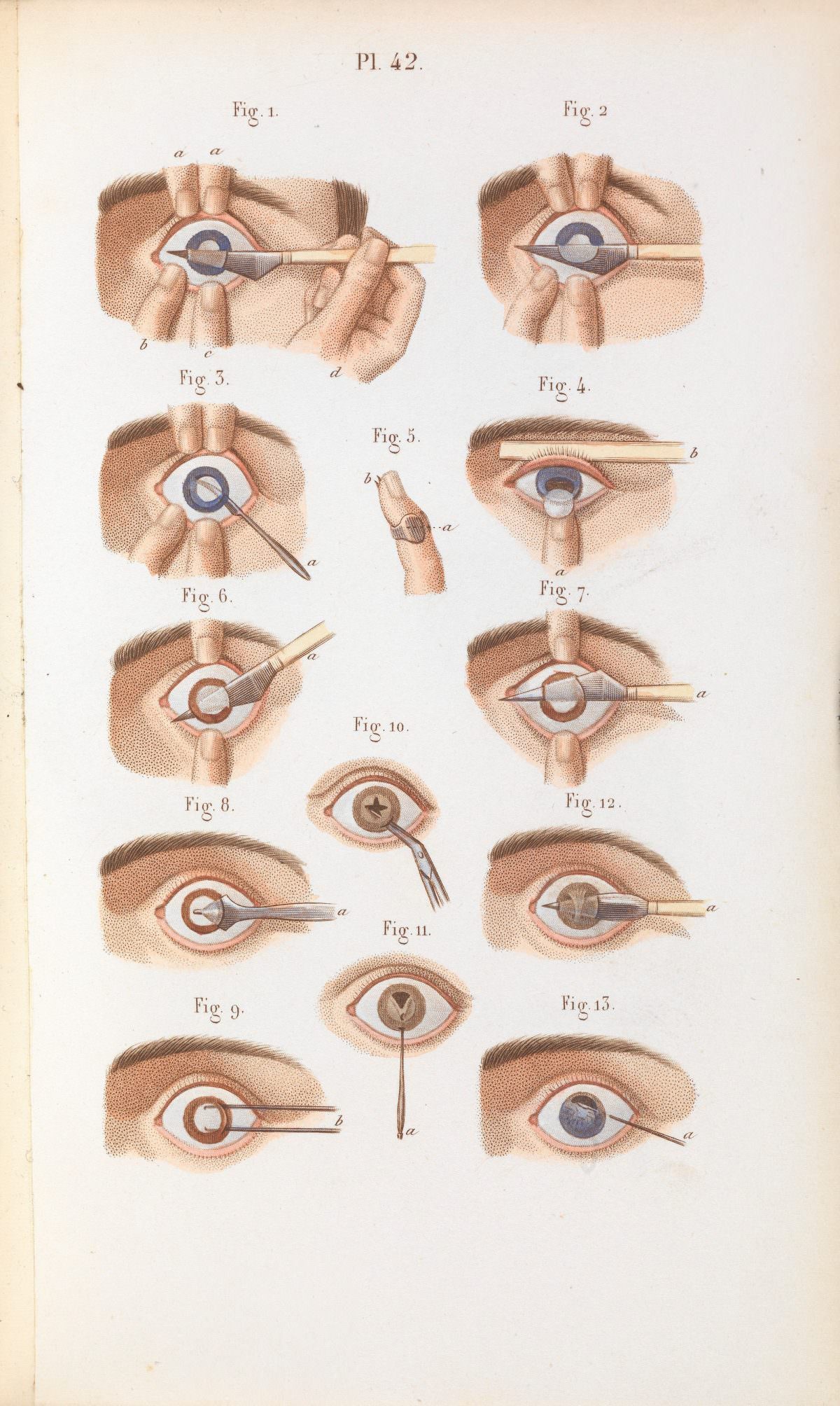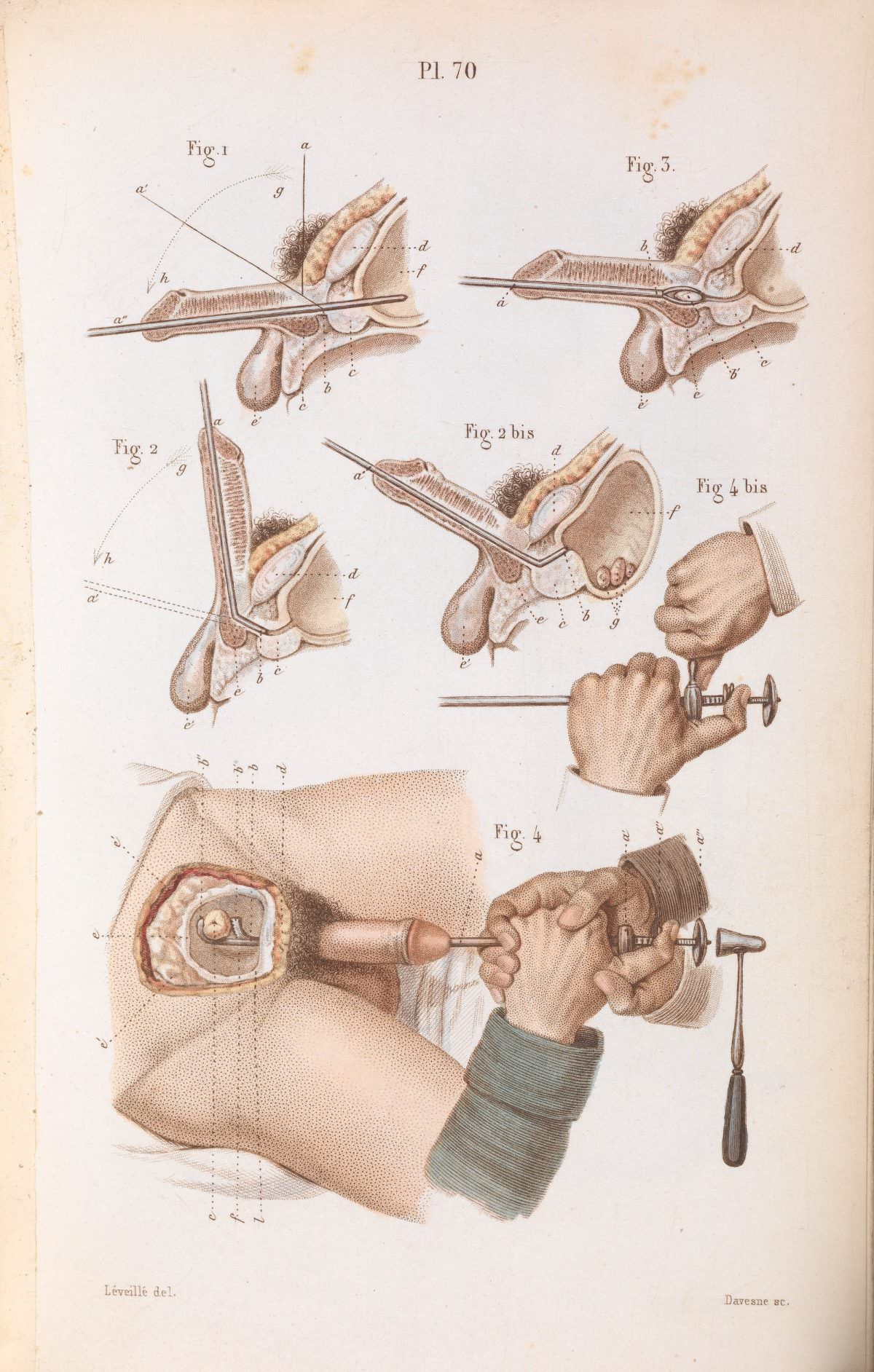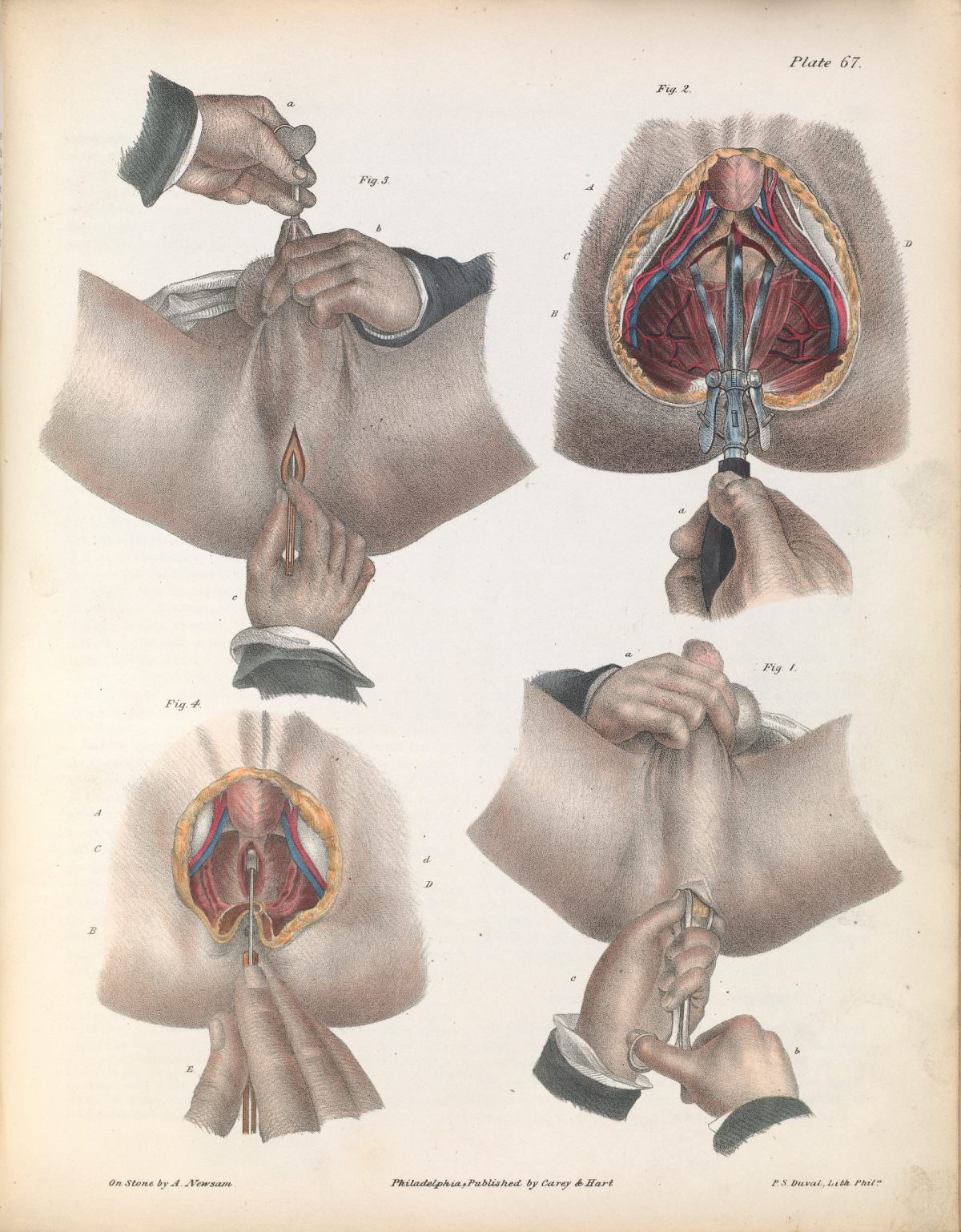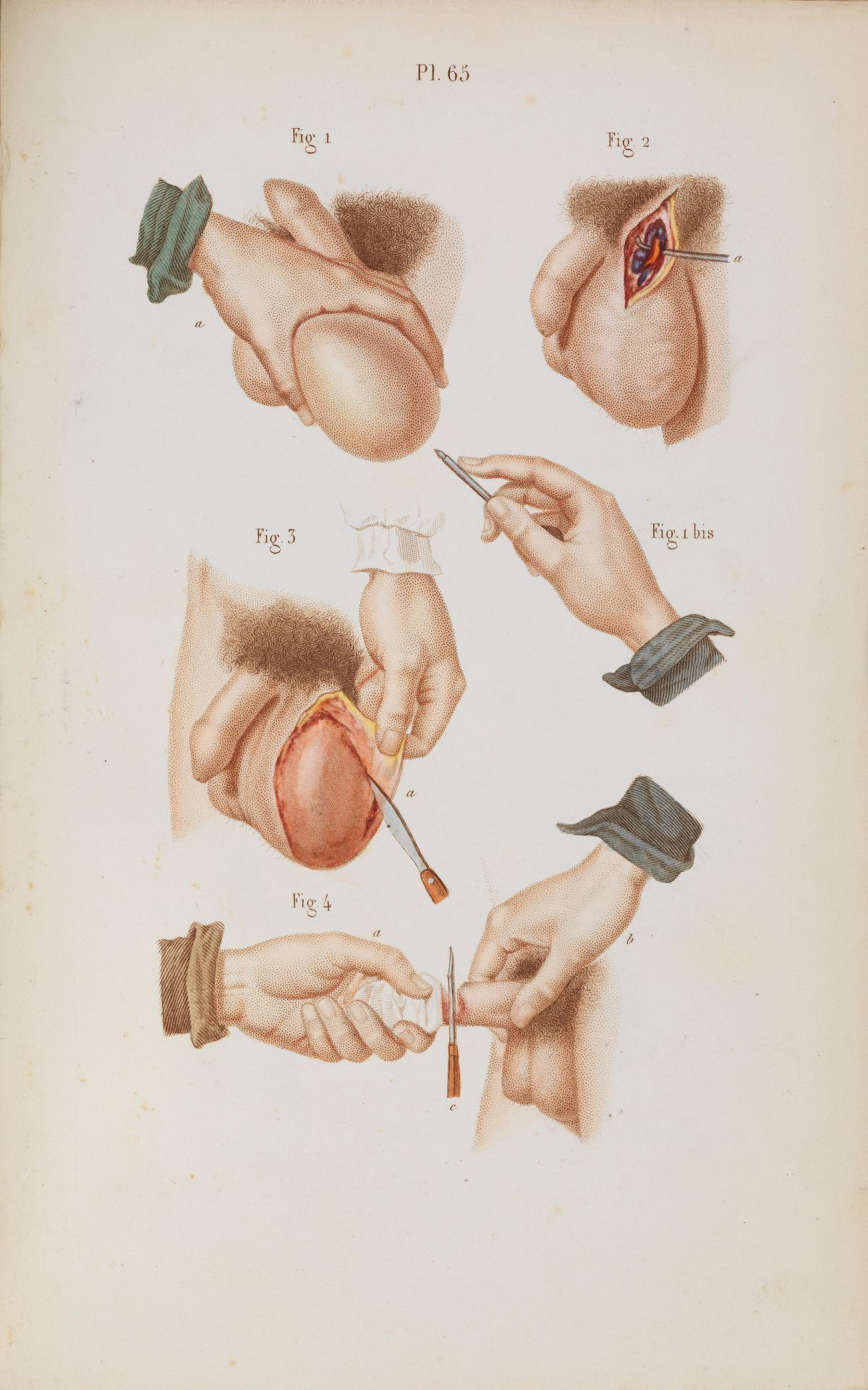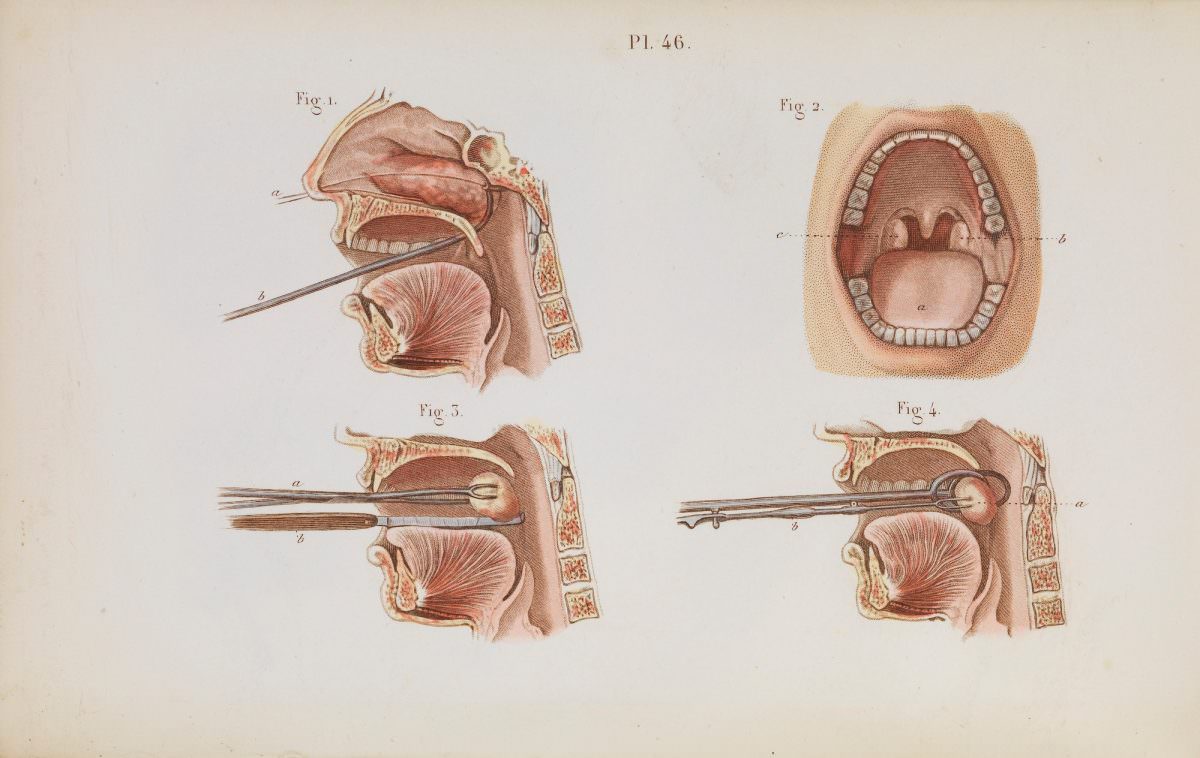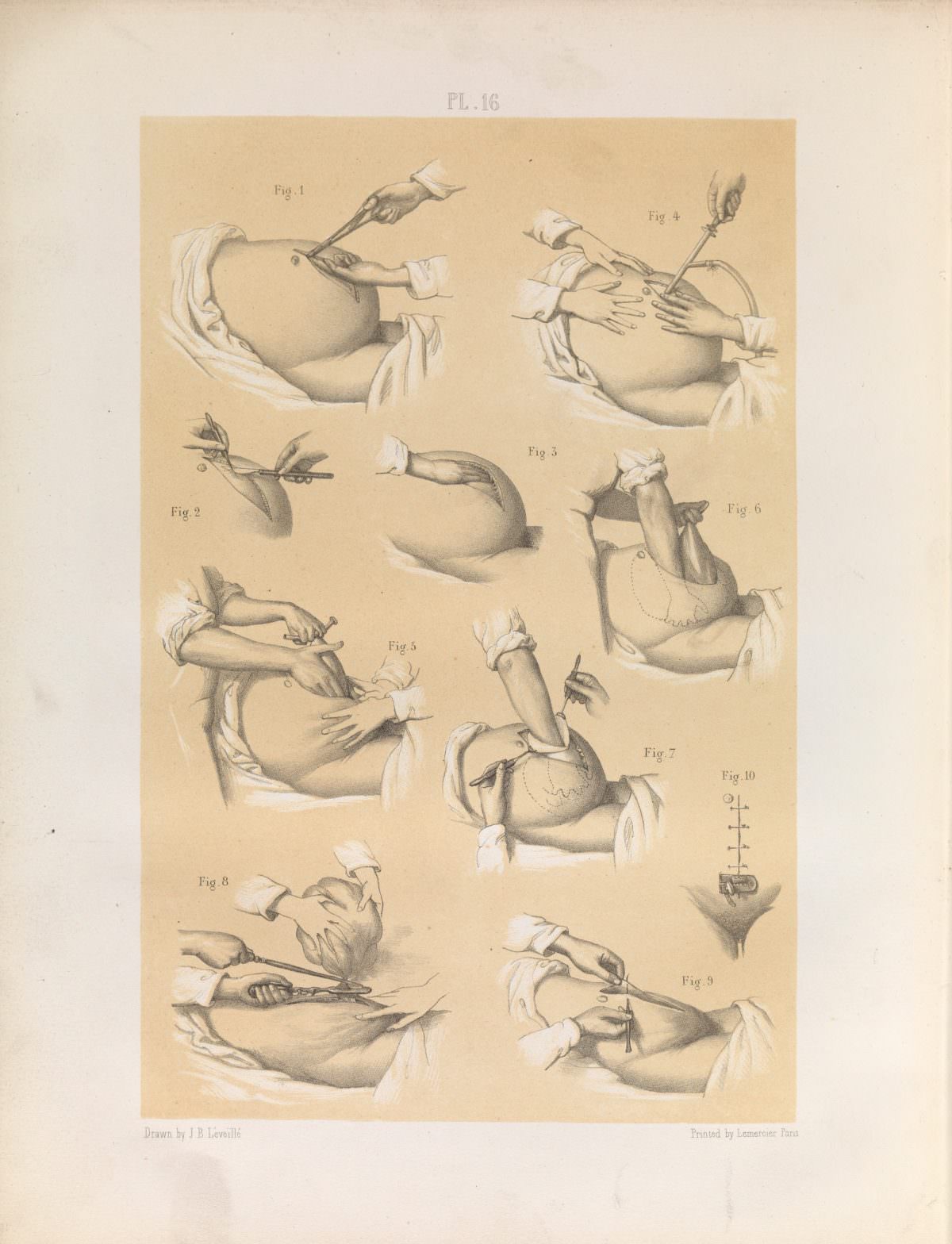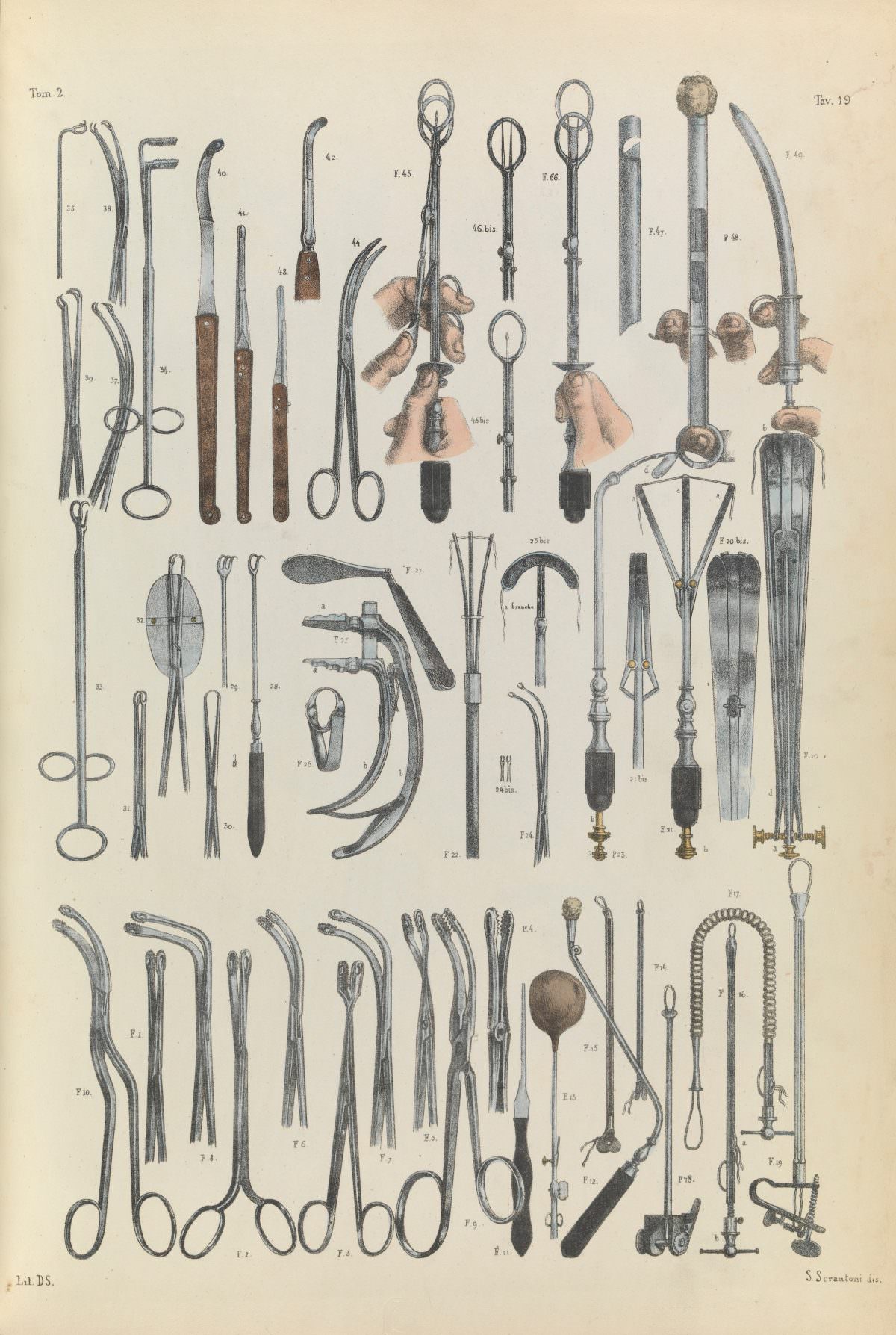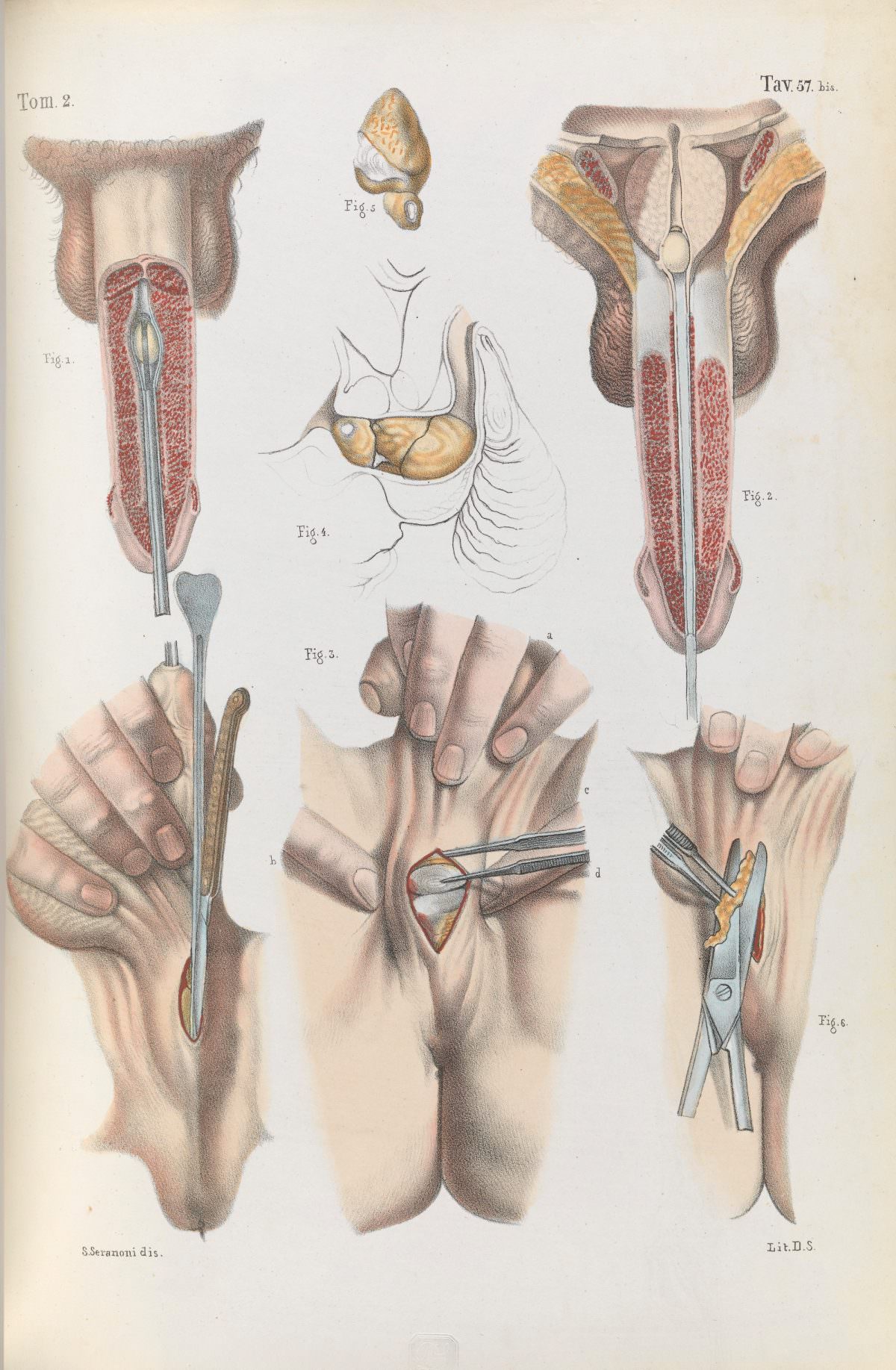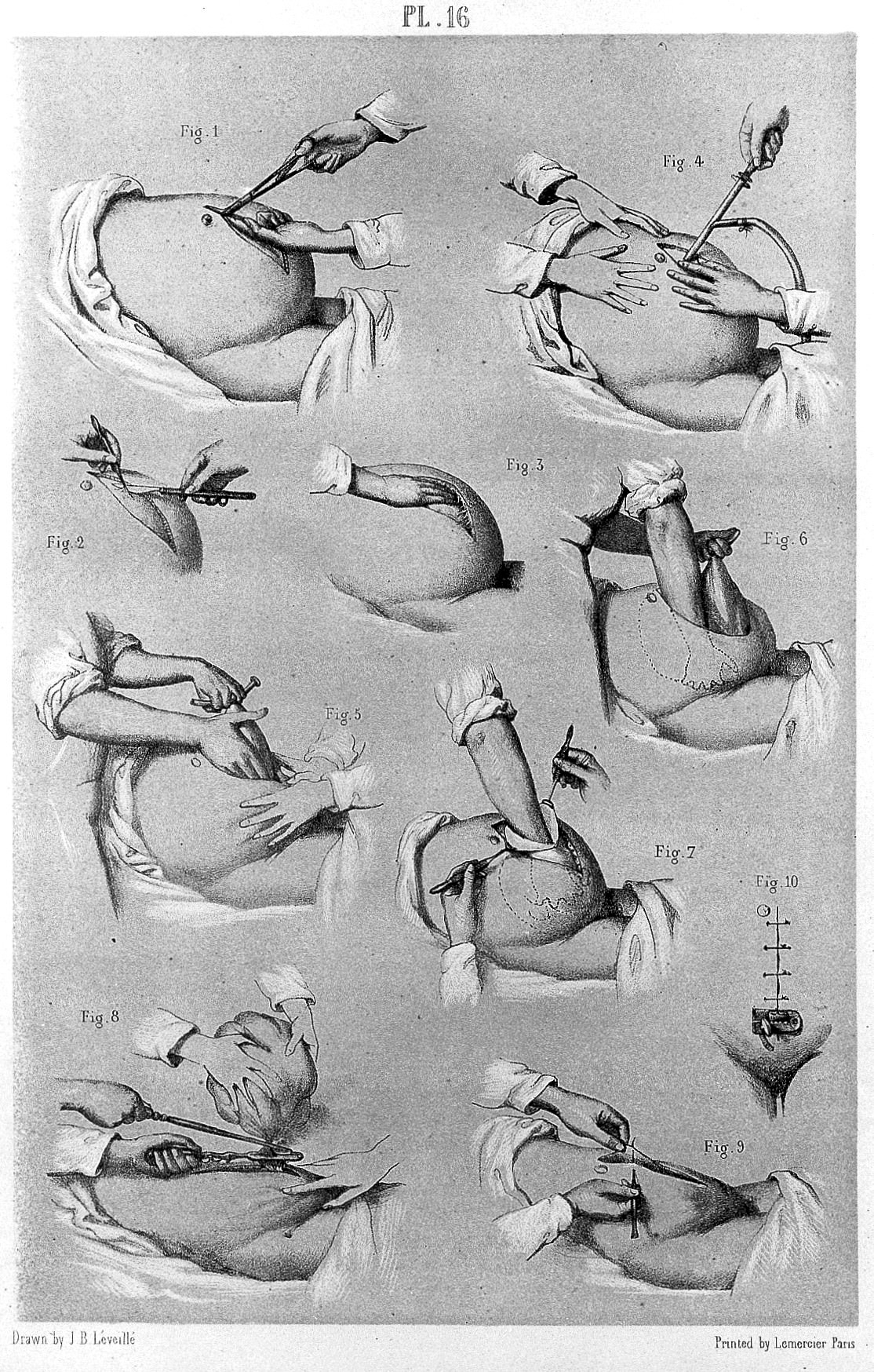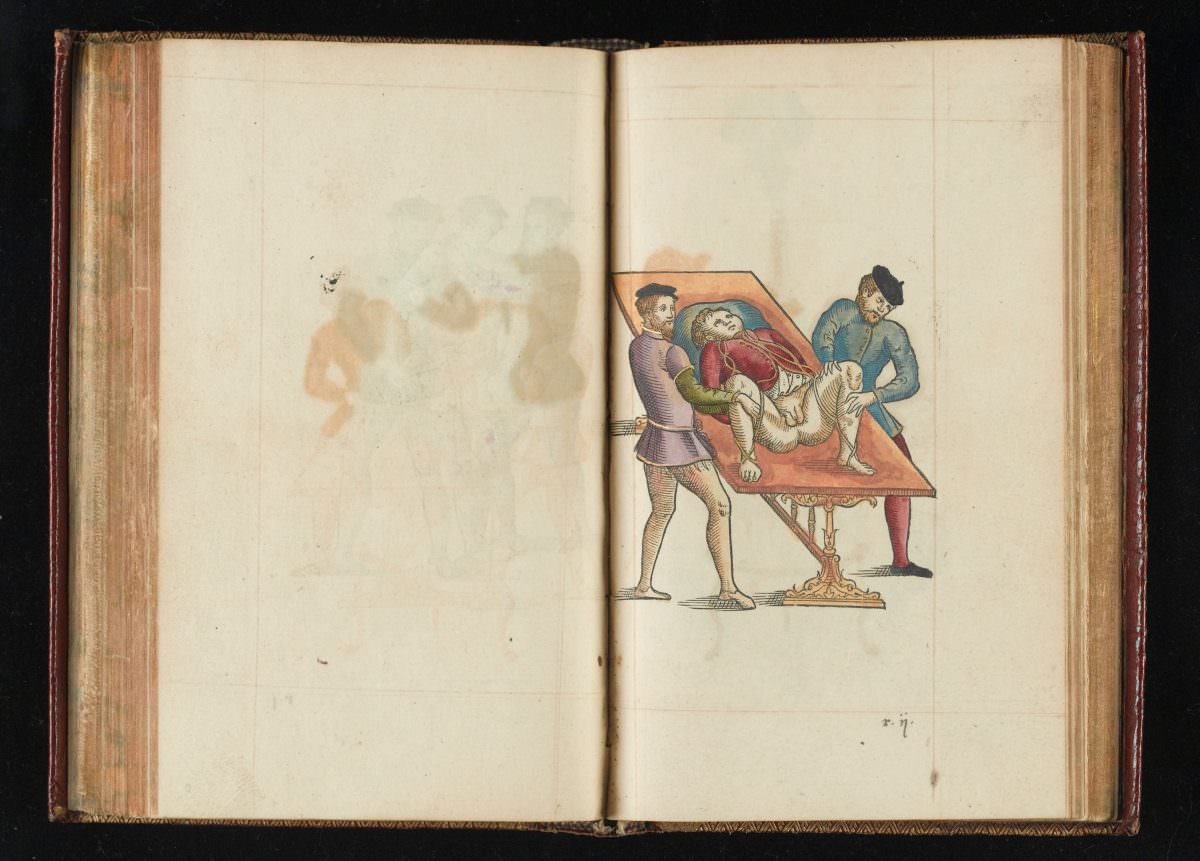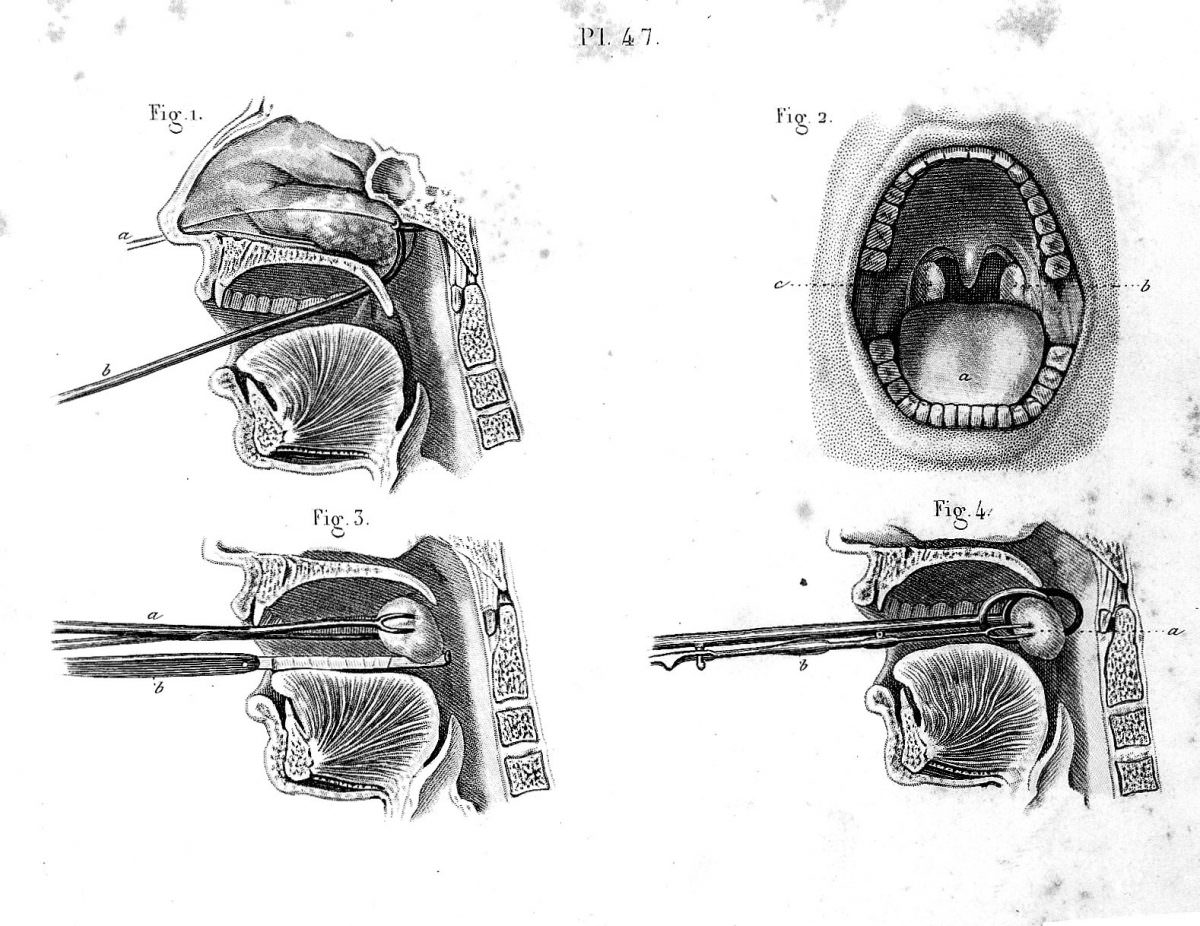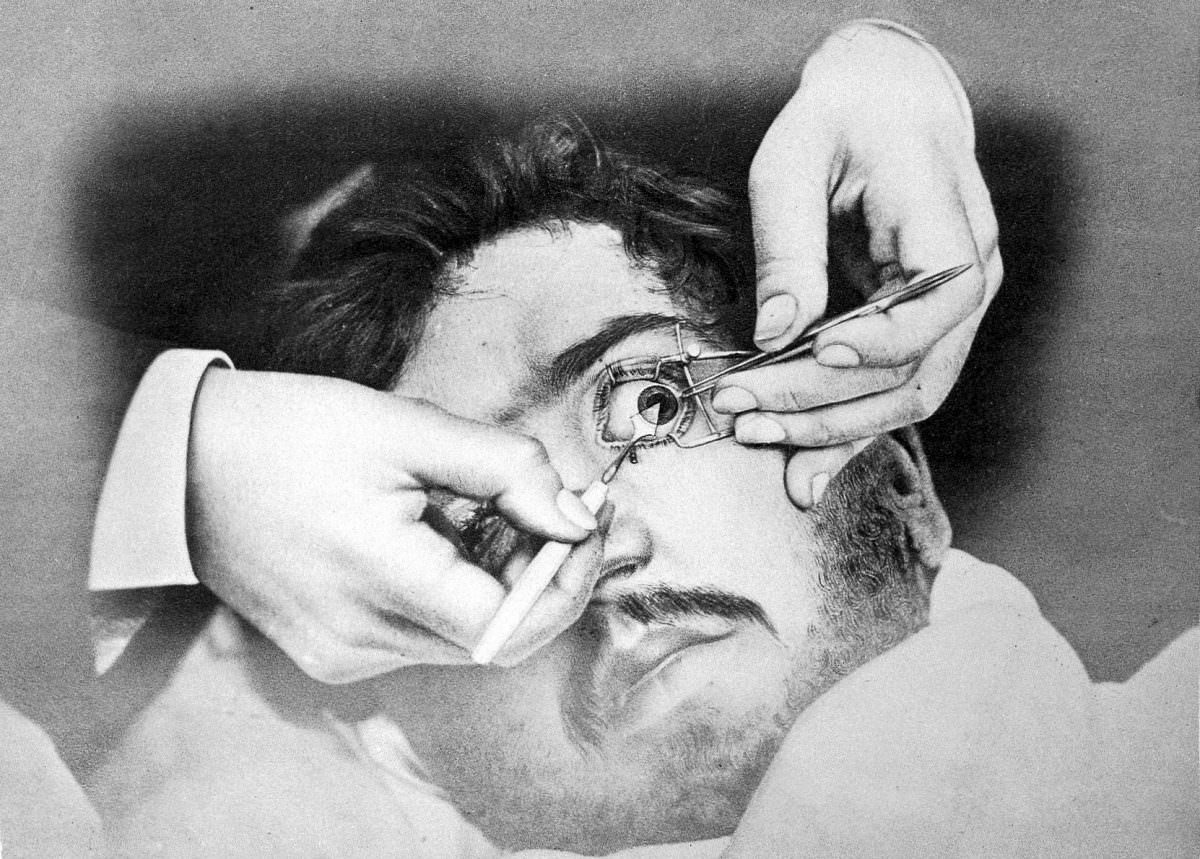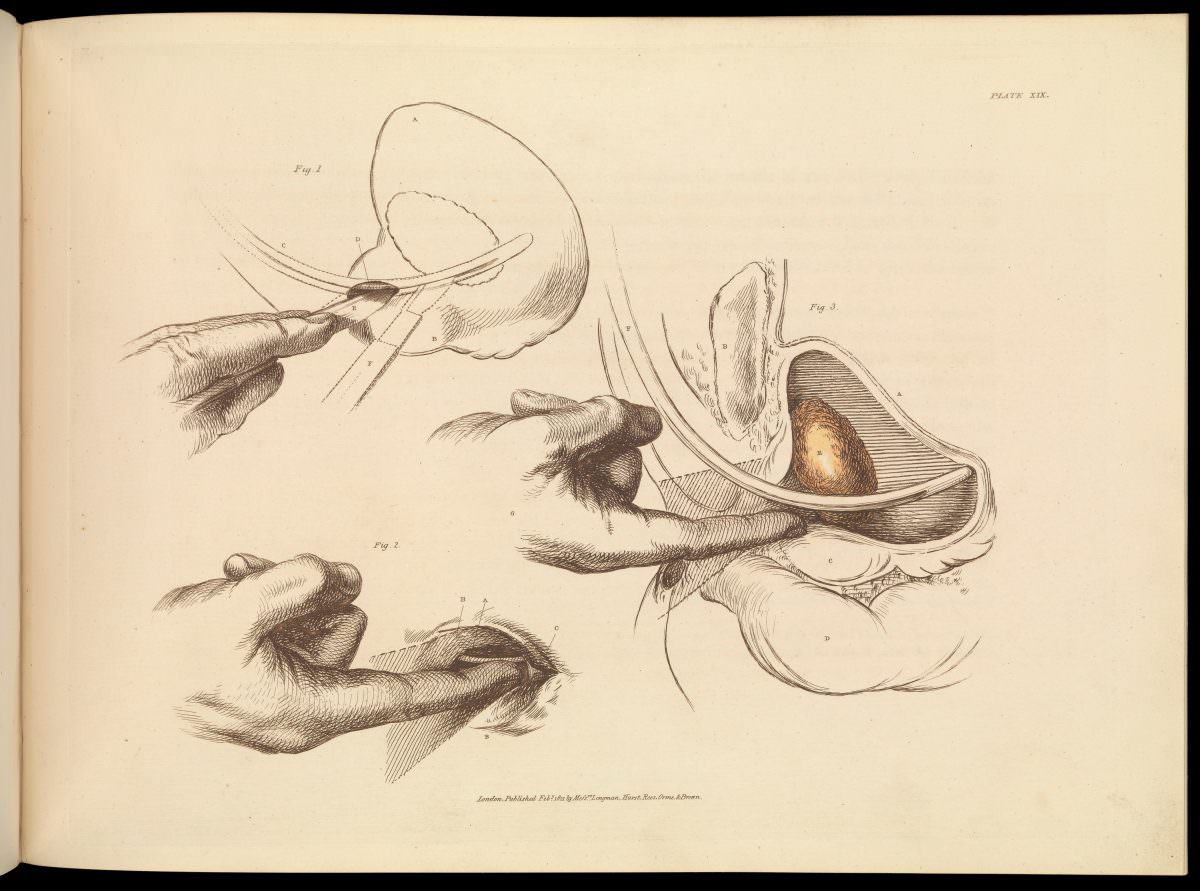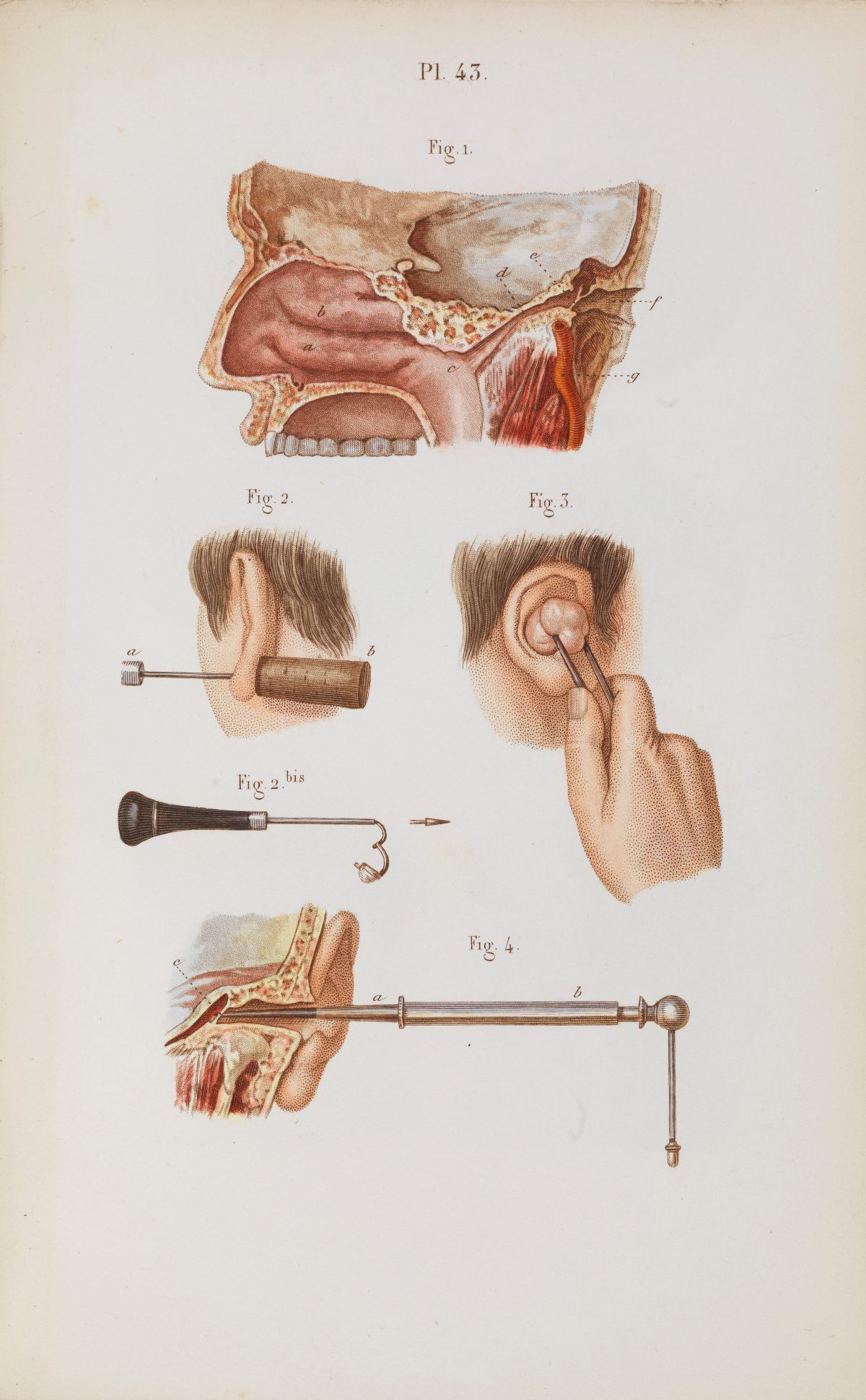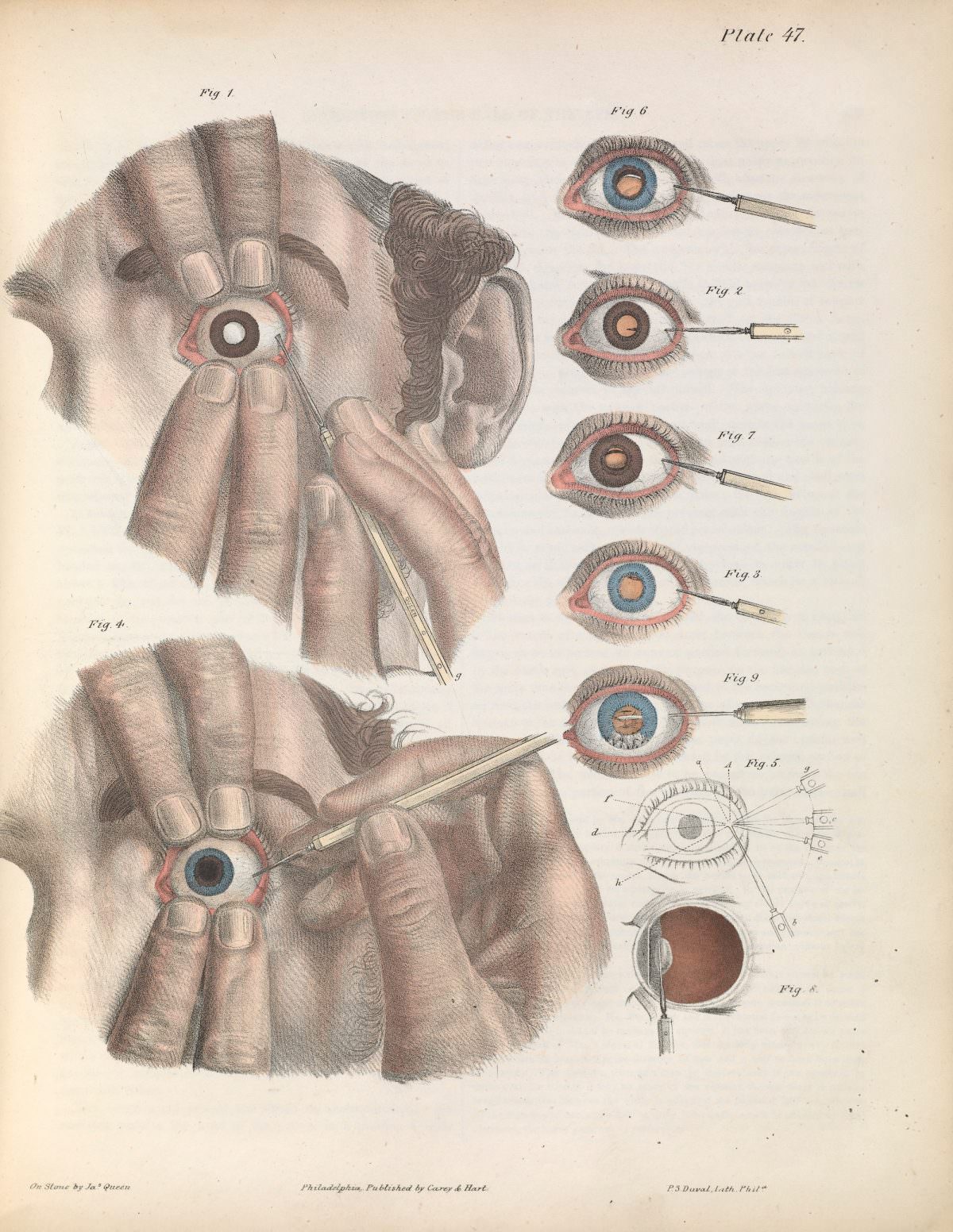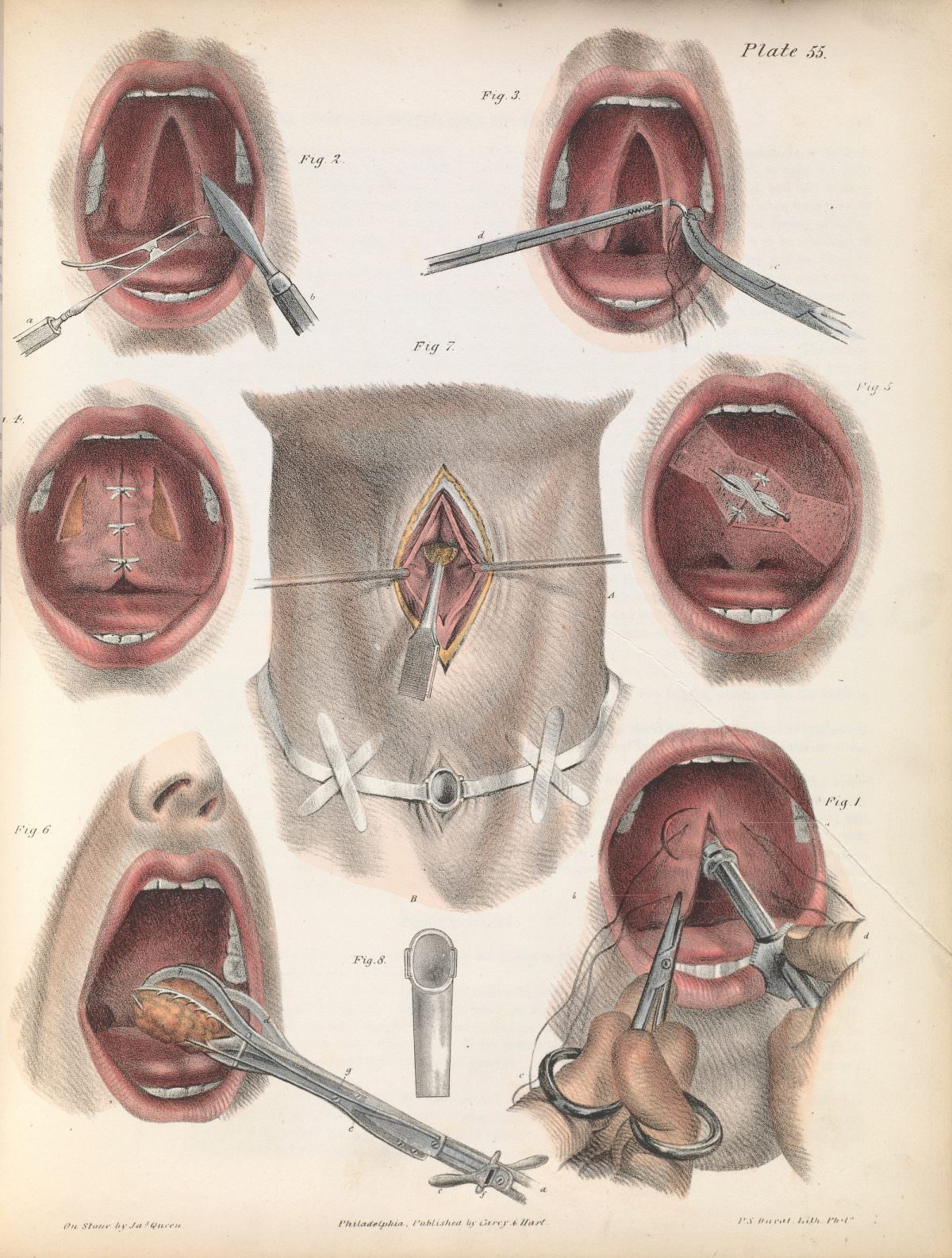Imagine a world before antibiotics, anesthesia, and sterile operating rooms. A world where surgery was a last resort, often leading to more suffering or even death. This was the reality of the 19th century, a time of both medical advancement and brutal realities. Thankfully, we have moved beyond those times, but the illustrations from that era provide a fascinating glimpse into the history of surgery.
One such collection of illustrations comes from American surgeon Joseph Pancoast’s 1844 book, “A Treatise on Operative Surgery.” The book, with its detailed descriptions and vivid illustrations, aimed to educate other surgeons on the latest techniques. These images, while captivating, can be quite unsettling to the modern eye.
The illustrations showcase a variety of surgical instruments that, compared to today’s sleek and precise tools, appear rather crude and intimidating. Scalpels, saws, forceps, and needles are depicted in detail, reminding us of the rawness and physicality of 19th-century surgery. Many of these instruments were designed for amputations, a common procedure at the time due to war injuries and the lack of effective treatments for infections.
Pancoast’s illustrations go beyond just showcasing tools; they depict the human body and the surgical procedures themselves. We see images of limbs being amputated, tumors being removed, and even a cleft palate surgery. While the anatomical details are impressive, the exposed muscles, bones, and blood vessels are a stark reminder of the pain and risk involved in these procedures.
In 1848, French physiologist Claude Bernard published “Précis iconographique de médecine opératoire et d’anatomie chirurgicale” (Iconographic précis of operative medicine and surgical anatomy). This work also included detailed illustrations of various surgeries, further adding to the visual record of 19th-century medical practices.
These illustrations, though sometimes unsettling, offer valuable insights into the history of medicine. They remind us of how far we’ve come in terms of surgical techniques, pain management, and overall patient care. They also highlight the bravery of both patients and surgeons who faced the challenges of surgery in a time with limited resources and understanding of the human body.


